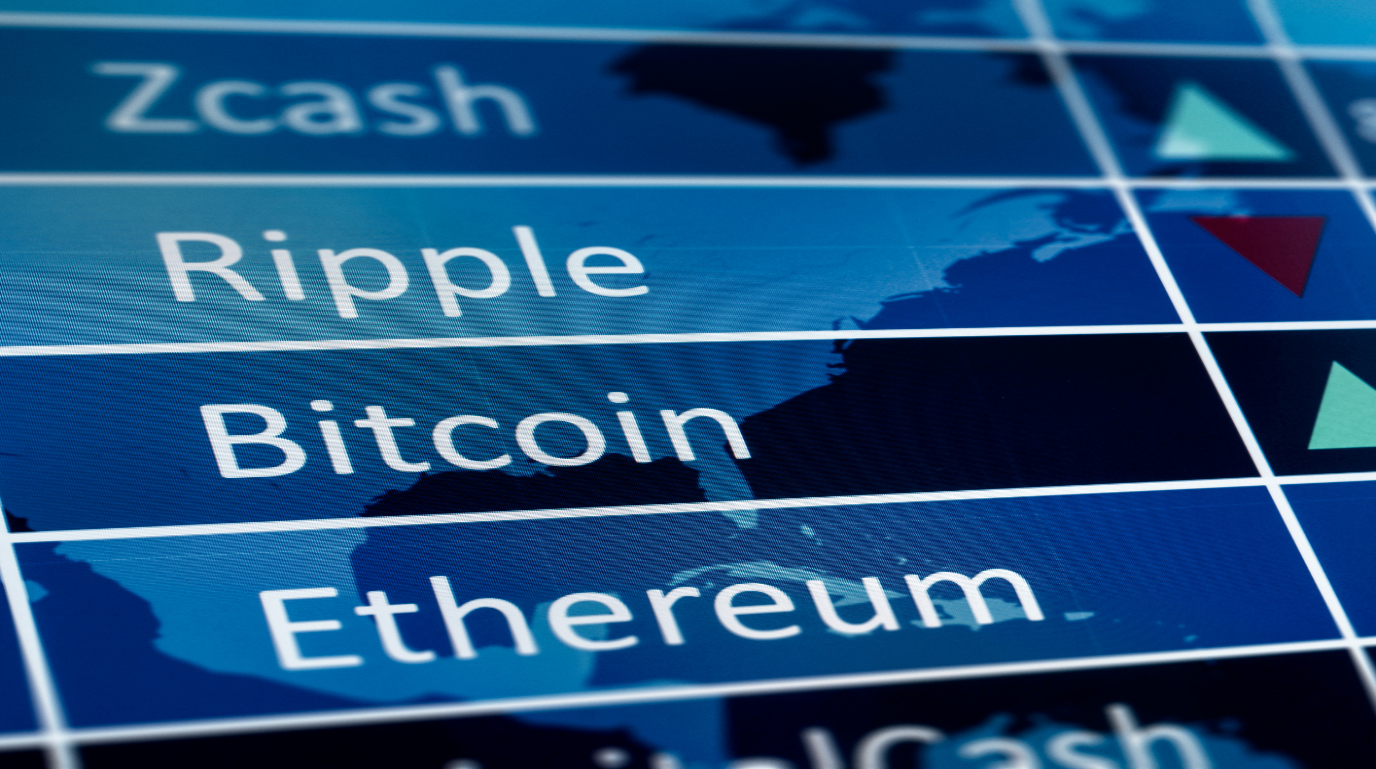
Stablecoin instability is the latest phenomenon compounding investor fears the current crypto crash could be far from over.
Recent events have been a wake-up call for the crypto ecosystem. They have raised questions over stablecoins’ impact on the broader financial system and renewed calls for regulation of the space as investors remain vulnerable to the volatile market.
The collapse of stablecoin TerraUSD (UST) and the dramatic spiral to zero of its sister coin, Luna, triggered panic throughout crypto markets this month. The contagion effect hit confidence in other stablecoins, including the largest of them all – Tether, which dipped as low as 95 cents on the news.
The Terra team’s efforts to prop up UST back to parity with the U.S. dollar (USD) caused a sell-off of its Bitcoin reserves, accelerating a drop in the price of the already weakening Bitcoin.
The incident is a symptom of the worsening health of crypto markets, which are experiencing a sustained downturn as retail investors move away from highisk assets. In addition, more traders are heading to crypto’s exits, reacting to gloomier mood music in the broader economy amid rising interest rates and soaring inflation.
Since November, the sell-off has swept away more than $1 trillion’s worth of crypto, with Bitcoin, the world’s first and largest cryptocurrency, losing half its market value.
It is too early to tell whether stablecoin trends are a bellwether for a deeper dive across crypto. Still, their instability does pose an outsized threat to investor confidence, given their unique role in crypto markets.
Getting to grips with the tokenomics of different kinds of stablecoins is crucial for investors and regulators who seek to protect them from market volatility.
Going Stable
Stablecoins, as their name suggests, function as a counterpoint to the volatility of most other digital assets. Ideally, they remain pegged to the USD at a 1:1 ratio but usually hover around 1 cent above or below that point. They act as a familiar benchmark for traders and serve as an important bridge between traditional finance and crypto markets.
Stablecoins have grown in popularity among both institutional and retail investors over the past couple of years as crypto has moved from a fringe market into the mainstream. The total market for stablecoins grew around 500% over twelve months through to October 2021 to reach $127 billion. That trend has continued until this month, with traders having stored about $180 billion in stablecoins by mid-May.
Traders find them useful to pair them with tokens like Solana, Dogecoin, or Bitcoin when doing an exchange since only the price of the free-floating crypto changes. If a trader wants to then sell the crypto tokens and pin down their dollar profits, using a stablecoin ensures they can secure their profit margin nearly instantly instead of waiting for days to settle the transaction through regular fiat currency.
Two Sides Of The Coin
On the face of it, all stablecoins seem similar – they are all equal to the dollar – but how they hold that parity differs. There are two main types of stablecoin: asset-backed coins and algorithm-based coins.
The two largest stablecoins, Tether and USD Coin (USDC), are asset-backed coins supported by reserves of mainly cash, short-term government securities, commercial papers, and other greenback-based assets.
TerraUSD, meanwhile, is an algorithm-based that uses a “complex seesawing mechanism” that leverages its free-floating sister, Luna, as a counterweight to maintain its position on the threshold of the U.S. dollar.
Whenever a disparity emerged between them and the USD (say if Luna’s value became $1.01), traders would profit by exchanging the two, correcting the imbalance and bringing the main stablecoin, TerraUSD, back to dollar parity.
This precarious balancing act gave way as there was a run on Terra’s crypto bank, Anchor.
Anchor had offered generous yields of 20%, making it a popular and supposedly safer investment option. At the start of this month, investors had more than $14 billion of TerraUSD parked in Anchor.
Yet two months ago, in March, Anchor decided to swap out its fixed 20% for a variable rate. This set the stage for the run on Anchor this month following reports of a number of huge withdrawals that then triggered a stampede for the exits among investors, who rushed to sell off TerraUSD, which caused the price to plummet.
Many also burned their Terra coins for Luna, causing an oversupply of the sister coin and, in effect, breaking the seesaw.
Currently, TerraUSD is hanging around 17 cents, while Luna is effectively worthless after major exchanges delisted the currency.
“It doesn’t appear that UST was some sophisticated scam or rug pull,” said Anthony Pompliano, a leading cryptocurrency analyst. “Rather, it was a badly designed technology product that was exposed by intelligent market participants who had a lot of capital at their disposal.”
Systemic Risk?
Investors lost billions from the dramatic implosion of TerraUSD and Luna, renewing calls by Treasury Secretary Janet Yellen for greater regulatory oversight. However, Yellen does not see this meltdown as a threat to the whole financial system.
“I wouldn’t characterize it at this scale as a real threat to financial stability,” Yellen said during a House Financial Services Committee hearing. “But they’re (stablecoins) growing very rapidly, and they present the same kind of risks we have known for centuries in connection to bank runs,” she added.
“I would say at this time the market for such stablecoins and really crypto more generally is too small to pose a systemic risk to the traditional financial system,” said Charley Cooper, Managing Director of R3, told Reuters.
Yet Cooper warned if stablecoins grow to take up a much more significant portion of the market in two or three years, a future “precipitous drop” like this “could pose a systemic risk.”
The warnings reflect the reality that, left unchanged, a collapse could be a lot worse next time around if more investors get deeper into this kind of project.
The event is a stark reminder of how volatility is inseparable from all nascent decentralized digital assets, even so-called stablecoins. The crypto ecosystem will need to evolve means to offset the dangers posed by inherently unsustainable projects like Terra if cryptocurrencies become a more significant part of the broader financial system that underpins the global economy.
Previously published at Wealth of Geeks.
Sponsored: Find a Qualified Financial Advisor
Finding a qualified financial advisor doesn’t have to be hard. SmartAsset’s free tool matches you with up to 3 fiduciary financial advisors in your area in 5 minutes. Each advisor has been vetted by SmartAsset and is held to a fiduciary standard to act in your best interests. If you’re ready to be matched with local advisors that can help you achieve your financial goals, get started now.






